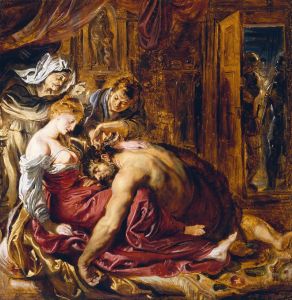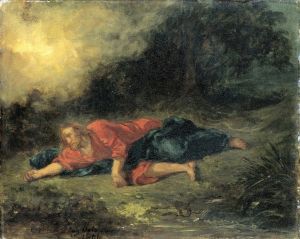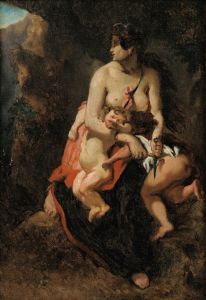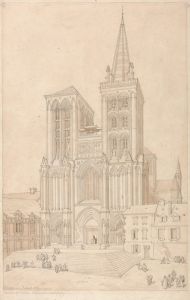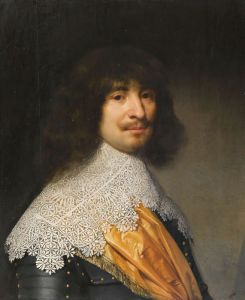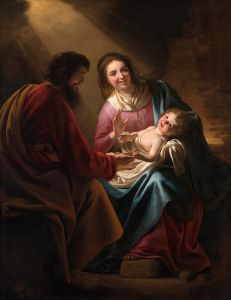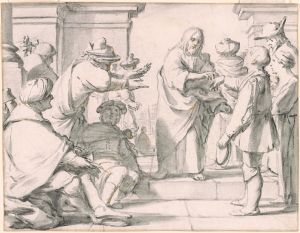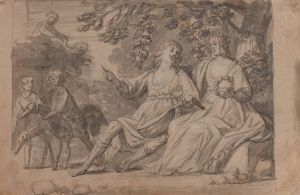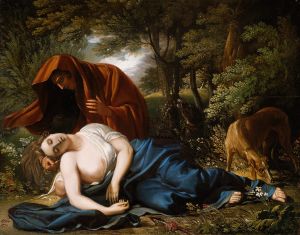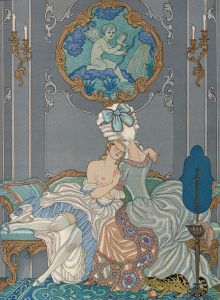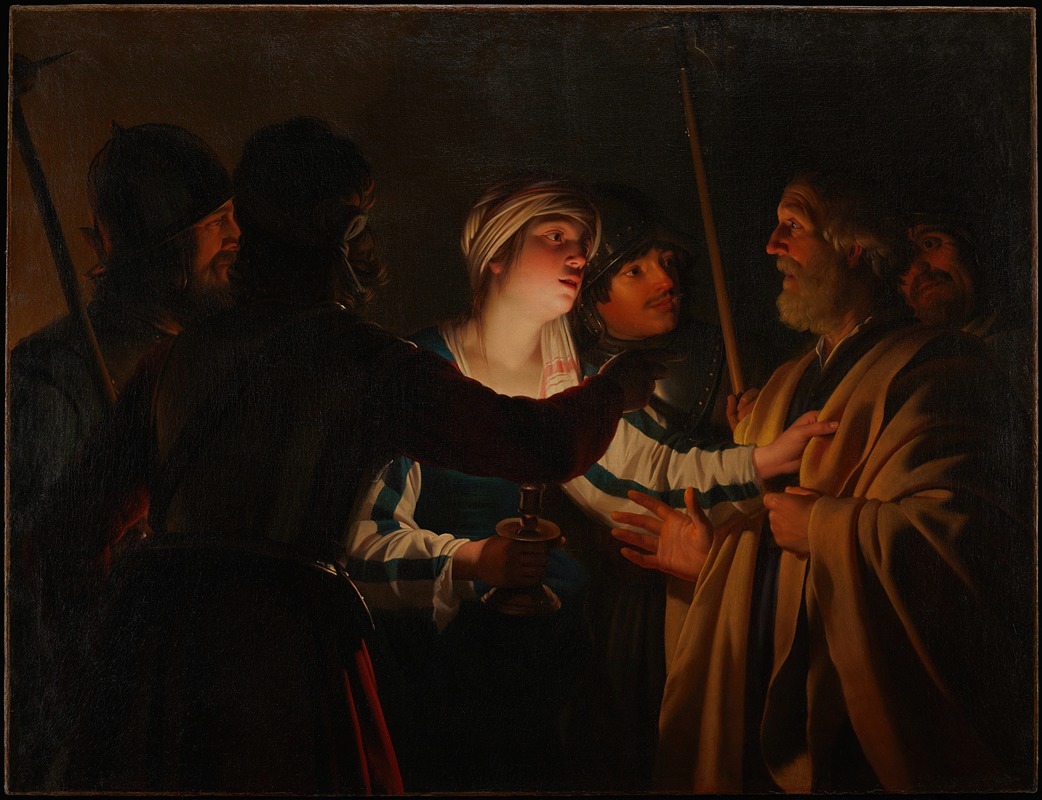
The Denial of St. Peter
A hand-painted replica of Gerard van Honthorst’s masterpiece The Denial of St. Peter, meticulously crafted by professional artists to capture the true essence of the original. Each piece is created with museum-quality canvas and rare mineral pigments, carefully painted by experienced artists with delicate brushstrokes and rich, layered colors to perfectly recreate the texture of the original artwork. Unlike machine-printed reproductions, this hand-painted version brings the painting to life, infused with the artist’s emotions and skill in every stroke. Whether for personal collection or home decoration, it instantly elevates the artistic atmosphere of any space.
"The Denial of St. Peter" is a painting by the Dutch Golden Age artist Gerard van Honthorst, created in 1620-1625. Gerard van Honthorst, also known as Gherardo delle Notti due to his mastery of nocturnal scenes, was a prominent painter in the early 17th century. He was born in Utrecht in 1592 and was significantly influenced by the Caravaggisti, a group of artists who followed the dramatic chiaroscuro style of the Italian painter Caravaggio.
This painting depicts a biblical scene from the New Testament, specifically the moment when Peter denies Jesus three times before the rooster crows, as foretold by Jesus. The narrative is taken from the Gospels of Matthew, Mark, Luke, and John. In the scene, Peter is confronted by a maidservant and others who accuse him of being a follower of Jesus. Peter, fearing for his safety, denies knowing Jesus, fulfilling the prophecy.
Van Honthorst's "The Denial of St. Peter" is notable for its use of light and shadow, a hallmark of the Caravaggisti style. The painting is set in a dark, nighttime environment, with the figures illuminated by a single light source, likely a candle or torch, creating a dramatic contrast between light and dark areas. This technique not only highlights the emotional intensity of the scene but also draws the viewer's attention to the central figures and their expressions.
In the composition, Peter is depicted with a look of distress and guilt, his hands raised in a gesture of denial. The maidservant, holding a candle, points accusingly at Peter, her face lit by the flickering light. Other figures in the background add to the tension of the moment, their faces partially obscured by shadows. The use of light to convey emotion and narrative is a testament to van Honthorst's skill and his ability to convey complex psychological states through his art.
Gerard van Honthorst was a successful and influential artist during his lifetime. He spent several years in Italy, where he absorbed the techniques of Caravaggio and his followers. Upon returning to the Netherlands, he became a leading figure in the Utrecht Caravaggisti movement. His works were highly sought after, and he received numerous commissions from both religious and secular patrons.
"The Denial of St. Peter" is housed in the Rijksmuseum in Amsterdam, one of the most prestigious art museums in the world. The painting is part of the museum's extensive collection of Dutch Golden Age art, which includes works by other masters such as Rembrandt and Vermeer. The Rijksmuseum's collection provides valuable insights into the artistic achievements of the Netherlands during this period.
In summary, Gerard van Honthorst's "The Denial of St. Peter" is a masterful example of the Caravaggisti style, characterized by its dramatic use of light and shadow to convey a powerful biblical narrative. The painting captures a moment of intense emotional conflict, showcasing van Honthorst's ability to depict human psychology with great sensitivity and skill.






